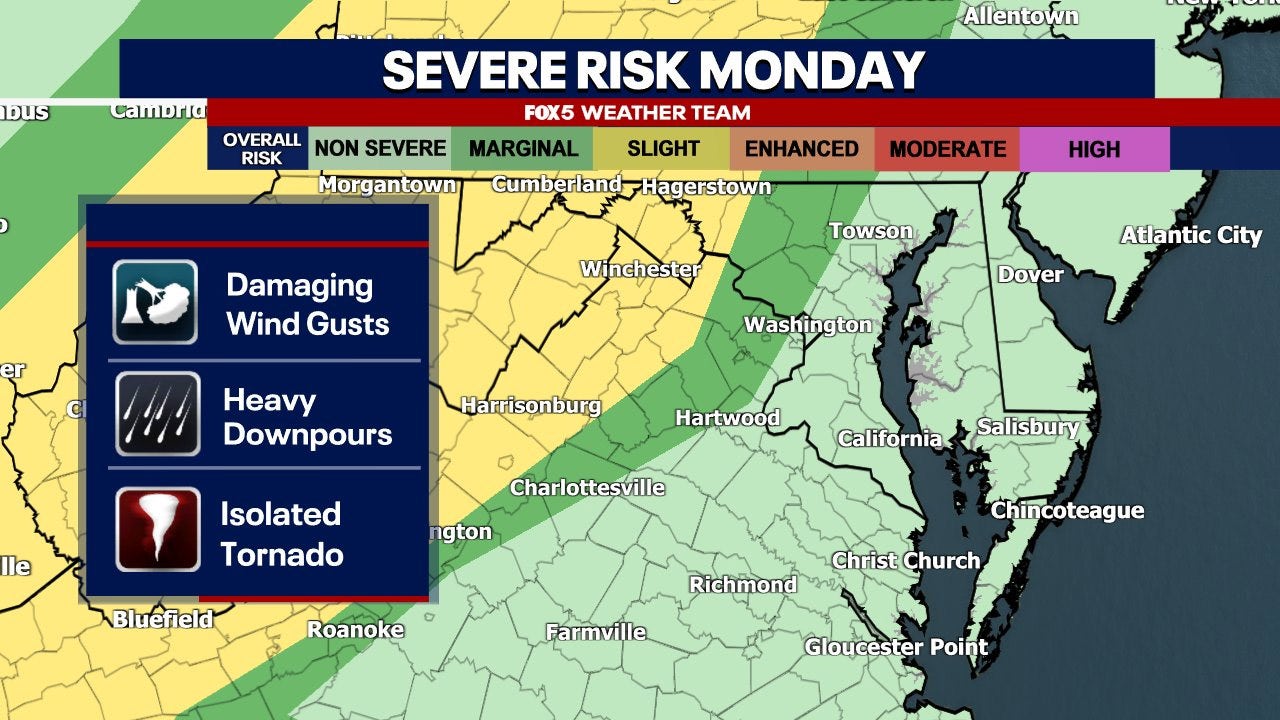
The Resurgence of COVID-19: A New Chapter with NB.1.8.1
The world finds itself once again at a familiar crossroads, grappling with the ever-evolving nature of the COVID-19 pandemic. More than five years after the initial outbreak, the virus continues to surprise and adapt, with a new variant, NB.1.8.1, emerging as a focal point of global concern. This variant, also known as the “Nimbus” variant, has been confirmed in several countries, including the UK, and is quickly gaining traction, accounting for a significant percentage of global infections. As we navigate this new wave, it’s crucial to understand what NB.1.8.1 is, its potential impact, and what measures we can take to protect ourselves and our communities. The appearance of NB.1.8.1 underscores the persistent need for vigilance, comprehensive testing, and the importance of staying informed about the latest scientific developments.
The emergence of new variants is a natural part of viral evolution, and NB.1.8.1 is no exception. The virus is constantly mutating, and these changes can sometimes lead to increased transmissibility or altered symptom profiles. While the initial data suggests that NB.1.8.1 does not cause more severe illness than previous variants, its ability to spread more easily is a cause for concern. Understanding the characteristics of this new variant is essential for public health officials and the public alike, enabling us to respond effectively and mitigate its potential impact. What are the symptoms and the way to protect ourself?
Delving into the Details: What is NB.1.8.1?
NB.1.8.1, the variant that has captured the attention of health experts worldwide, represents a new iteration in the ongoing story of the COVID-19 pandemic. Designated as a “variant under monitoring” by the World Health Organization (WHO), NB.1.8.1 currently accounts for a substantial portion of submitted sequences globally. This designation underscores the WHO’s commitment to closely tracking and analyzing emerging variants to assess their potential risks. The variant’s presence in various countries, including the US, China, Thailand, and Australia, highlights its rapid spread and potential for widespread impact. How did this virus grow to another country?
SARS-CoV-2, the virus responsible for COVID-19, continues to evolve. The WHO’s analysis of variant dynamics between January and May 2025 reveals a shifting landscape, with different variants dominating at different times. The identification of NB.1.8.1 and its increasing prevalence underscores the need for constant monitoring and adaptation of public health strategies. The growth of the NB.1.8.1 variant will continue to be tracked. The shift in the variant landscape highlights the dynamic nature of the pandemic and the importance of remaining vigilant and informed. The NB.1.8.1 variant is expected to continue spreading to other countries.
Unpacking the Symptoms: What to Expect with NB.1.8.1
While the emergence of a new variant can understandably cause concern, it’s important to approach the situation with a measured perspective. Current data suggests that NB.1.8.1 does not lead to more severe illness compared to previous variants, such as the Omicron subvariants. However, it’s important to note that the virus is continually evolving, and the situation may change. The symptoms associated with NB.1.8.1 align with those typically observed with Omicron subvariants, including fatigue, fever, muscle aches, and a sore throat. It’s important to note that these symptoms are not exclusive to NB.1.8.1 and can be caused by other respiratory infections as well.
The importance of testing and accurate diagnosis cannot be overstated. In many regions, there has been a decline in the number of people testing for COVID-19, making it challenging to accurately assess the true number of infections. This lack of data hinders our ability to track the virus’s spread and identify emerging trends. The common symptoms in the NB.1.8.1 is fatigue, fever, muscle aches, and sore throat. Health officials must be cautious and do more research to provide the best service.
Understanding the Surge: Why is NB.1.8.1 Spreading?
The factors driving the global surge in NB.1.8.1 cases are multifaceted, but its increased transmissibility appears to be a key factor. The variant’s ability to spread more easily than previous strains has led to notable increases in infections in various regions. This increased transmissibility is likely due to the tweaks in the spike protein, which might make it spread a bit more easily or slip past some of our existing immunity.
The evolution of the virus is a complex process, and understanding the mechanisms behind increased transmissibility is essential. Research into the specific mutations in NB.1.8.1’s spike protein is ongoing, and scientists are working to determine how these changes affect the virus’s ability to bind to and infect cells. Early signs suggest that it doesn’t seem to cause more serious illness, but we’re still learning more about it. The virus has a complex mechanism, this process takes time for experts to determine the right solution.
Vaccination and Protection: The Role of Current COVID-19 Jabs
The good news is that current COVID-19 vaccines are expected to remain effective against NB.1.8.1, providing protection against severe illness. This is a crucial point, as vaccination remains one of the most effective tools in our arsenal against the virus. The vaccines work by training our immune systems to recognize and fight off the virus, even as it evolves. However, it’s important to remember that vaccines are not a guarantee against infection, and breakthrough cases can occur.
The importance of staying up-to-date with vaccinations and booster doses cannot be overstated. These measures help to maintain a high level of immune protection and reduce the risk of severe illness, hospitalization, and death. The COVID-19 jabs are expected to continue being effective, so it’s important to get the vaccine to protect yourself and our community from the virus.
Concluding Thoughts: Navigating the New Normal
The emergence of NB.1.8.1 serves as a reminder that the fight against COVID-19 is far from over. While the situation may seem less dire than in the early days of the pandemic, the virus continues to evolve, and new variants will likely emerge. The most important thing is to have the right information and be aware of the current situation. We must stay informed, remain vigilant, and continue to prioritize public health measures. It is important for everyone to have the right information and follow every step to protect themselves and others. With continued research and data the variant will be solved.


